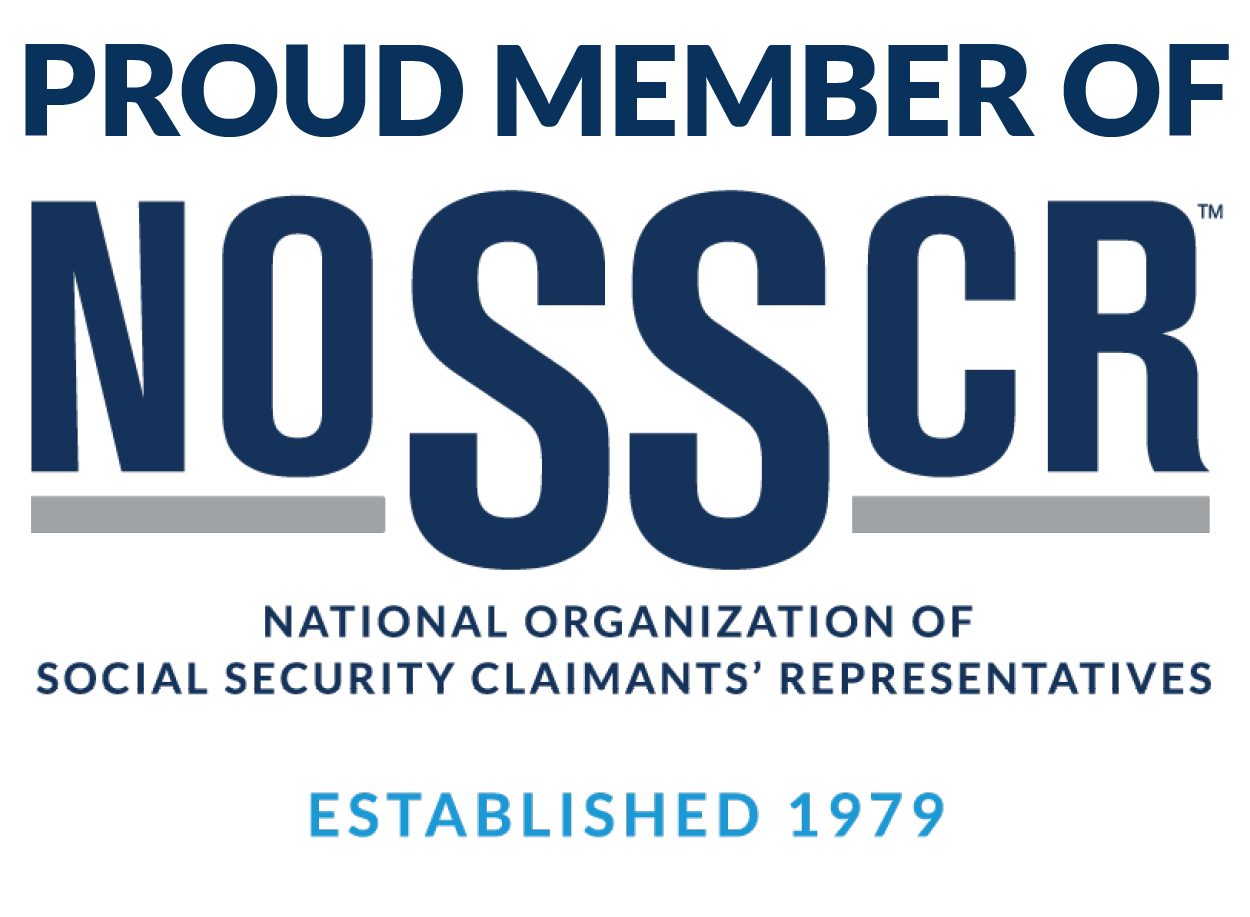Blood disorders frequently require blood transfusions and or hospitalization and often cause crippling fatigue. The following blood disorders may be disabling: chronic anemia, sickle cell disease, chronic thrombocytopenia, hereditary telangiectasia, hemophilia and similar coagulation defects, polycythemia, myelofibrosis, chronic granulocytopenia, and aplastic anemias with bone marrow or stem cell transplantation. Simply being diagnosed with one of these conditions will be insufficient to prove that your condition disables you. The condition must also be severe enough to prevent you from working. In addition, you must meet certain additional criteria based on the condition diagnosed.
Chronic Anemia
In order to establish entitlement to disability benefits as a result of chronic anemia, with hematocrit levels at 30% or less. In addition, the condition must have necessitated a blood transfusion on an average of at least once every 2 months or caused substantial dysfunction to another body system. If you have hematocrit levels at or below 30% and have undergone a blood transfusion, you should contact us to discuss filing for disability.
Sickle Cell Disease
If you have been diagnosed with sickle cell disease (or one of its variants) and you have had at least three thrombotic crises during a five month period then you may meet the requirements to receive disability benefits. Similarly, if you have been diagnosed with sickle cell and have required hospitalization at least three times within a twelve month period, you may be entitled to benefits. If the sickle cell anemia has caused your hematocrit levels to persistently be less than 26%, you should contact us to discuss filing for disability. Finally, if the sickle cell disease has significantly impacted another body system, you may be entitled to disability benefits.
Chronic Thrombocytopenia
If you have been diagnosed with thrombocytopenia and your platelet counts are routinely below 40,000 / cubic millimeter and you have either had a spontaneous hemorrhage, requiring a blood transfusion, or suffered from an intracranial bleed within the last 12 months – then you should file for disability and contact our office.
Hereditary Telangiectasia
If you have been diagnosed with hereditary telangiectasia and have suffered a hemorrhage requiring blood transfusion at least three times within a five month period (and this occurred recently), then you may be eligible for disability benefits.
Hemophilia
If you suffer from a clotting disorder such as hemophilia, and you have experienced spontaneous hemorrhage requiring blood transfusions at least three times during a recent five month period, then you should contact our office to discuss filing for disability benefits.
Polycythemia vera
This condition, if accompanied by erythrocytosis, splenomegaly, and leukocytosis or thrombocytosis, may cause a disability that entitles you to disability benefits. You should contact our office to help determine if its effect on another body system is severe enough to warrant filing an application for disability benefits.
Myelofibrosis
This condition is also known as myeloproliferative syndrome. If you have been diagnosed with either of these conditions and you suffer from chronic anemia, or have intractable bone pain with evidence of osteosclerosis, or have suffered from recurrent bacterial infections that occurred at least three times within a recent five month period, then you may be entitled to disability benefits.
Chronic granulocytopenia
If you have been diagnosed with chronic granulocytopenia and have blood work showing that your absolute neutrophil counts are persistently below 1,000 cells/cubic millimeter and you have suffered from recurrent bacterial infections occurring at least three times within a recent five month period, then you should contact our office to discuss filing for disability benefits.
Aplastic anemias with bone marrow or stem cell transplantation
If you have been diagnosed with an aplastic anemia and have undergone either a bone marrow transplant or a stem cell transplant, you are entitled to disability benefits for at least 12 months after your transplant. If you have been diagnosed with aplastic anemia and require transplant of either bone marrow or stem cells, you should immediately contact our office to discuss filing a claim for disability benefits.
Blood disorders other than those specifically identified above may also be disabling and may prevent you from working. If this is the case, you may call our office to discuss how your diagnosed conditions affects your ability to work and we will help evaluate whether you should file for disability benefits.


